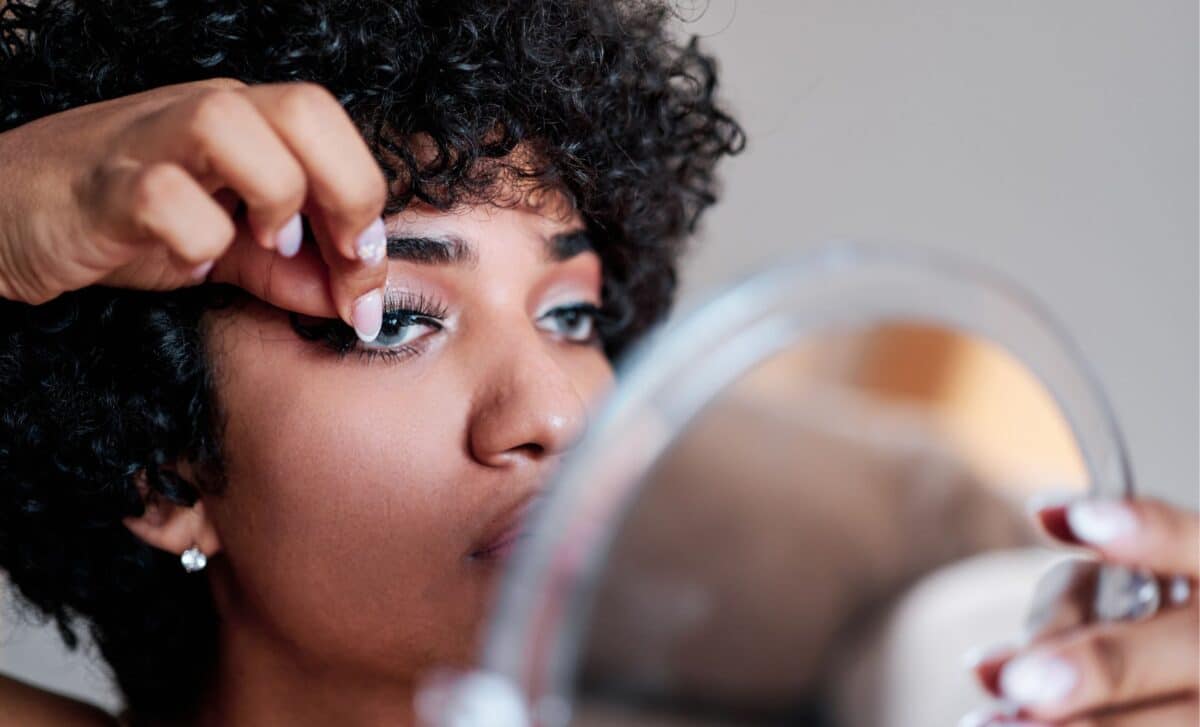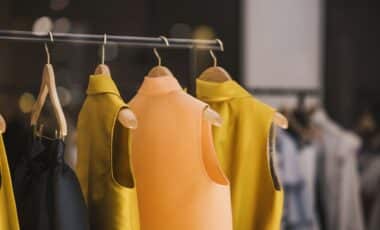Wearing fake eyelashes has become an everyday beauty choice for many, but eye health experts are sounding the alarm. Despite their cosmetic appeal, these temporary enhancements come with unexpected risks, as warned by several ophthalmologists.
Why people turn to fake eyelashes
Fake eyelashes offer a fast, impactful way to redefine the eye’s appearance. Whether it’s to skip mascara, resist tear-streaks during emotional events, or add volume for dramatic effect, they’ve found a loyal following. Easily applied at home or professionally, they’re designed to deliver flexibility and style control. Unlike lash extensions, these lashes last only a few hours.
The appeal lies in the customization. Individuals can choose the level of intensity and structure they want to add to their eyes. While some prefer a subtle enhancement, others aim for bold definition. In both cases, these lashes promise instant glamour.
She Tried Everything for Hair Loss—But This $20 Tool Made the Real Difference
The rising health warnings
The popularity of false lashes isn’t matched by awareness of the risks. One prominent ophthalmologist, Dr. Glaucom Flecken, took to TikTok to voice deep concern, declaring outright opposition to the trend. For him, these accessories pose a significant risk to ocular health : “as an ophthalmologist whose job is to protect the eyeball and its many rods and cones, I hate them—I hate them so much.”
He explains that thick and dense lash sets can block peripheral vision, a potentially serious hazard, especially for drivers. This issue of visual obstruction becomes more dangerous when lashes are applied improperly or chosen without regard to their size or volume.
Another often overlooked risk is hygiene. Lashes can trap debris, oil, and dead skin, creating a breeding ground for irritation or infection. Poor cleansing after use amplifies the problem.
The invisible danger threatening your eyes every time
Not all products used for lash application are safe. Some contain low-quality adhesives or synthetic fibers, which increase the likelihood of allergic reactions. These can range from mild redness to swelling or even chemical burns.
A particular concern is misuse of glue. If lash adhesive drips into the eye, it can cause keratoconjunctivitis, a painful inflammatory condition that affects the cornea. Left untreated, this condition risks damaging vision. The danger is amplified when individuals attempt self-application without proper technique or tools.
The dirty secret lurking in your lash salon
Professional application might seem safer, but it’s not without risks. Customers should verify the reputation of the salon, the cleanliness of tools, and the technician’s experience before booking an appointment.
Hormonal fluctuations—such as those during menstruation—can also impact lash retention and skin sensitivity. Another overlooked detail: applying makeup before lash application can compromise adhesive bonds, reducing lash longevity or even irritating the skin.
Balancing beauty with caution
False eyelashes are undeniably appealing, offering instant beauty boosts with minimal effort. But the risks—vision obstruction, infection, and allergic reactions—demand attention.
While the trend shows no signs of slowing down, those choosing to wear them should proceed with care. Opting for professional services, verifying product ingredients, and prioritizing eye hygiene can go a long way in reducing the dangers.







